General description
Gelatin is a hydrocolloid. Bovine or porcine bone and hide are its commercial sources. It is a collagen derivative and comprises protein as a major component with minerals and water.
Application
Gelatin from porcine skin has been used:
- for coating glass-bottomed plates for culturing A375 cells and in gelatin degradation assay
- for coating glass slides in the histological studies with brain sections
- in the synthesis of gelatin methacrylate (GelMA) prepolymer for encapsulating cells on to 3D printed hydrogels
- to prepare thiol-functionalized gelatin (GelSH) hydrogel for 3D projection bioprinting
Gelatin from porcine skin is recommended for use as a cell culture substratum at 1-5 μg/cm2 or 0.5-50 μg/mL. The optimal concentration does depend on cell type as well as the application and research objectives.
Biochem/physiol Actions
Gelatin polymer is an alternative biomaterial to collagen for cell and tissue culture. It is a much sorted gelling agent useful as a thickener and food ingredient. Gelatin is also used as a foaming and binding agent and as well as in the pharmaceutical industry. It is biodegradable and biocompatible with biomedical applications especially in biomaterials for cardiac and vascular tissue regeneration.
Components
Gelatin is a heterogeneous mixture of water-soluble proteins of high average molecular masses, present in collagen. Proteins are extracted by boiling the relevant skin, tendons, ligaments, bones, etc. in water. Type A gelatin is derived from acid-cured tissue. Type B is derived from lime-cured tissue.
Caution
Dry gelatin, when stored in airtight containers at room temperature, will remain unchanged for many years. When heated at 100°C in the presence of air, it swells becomes soft and disintegrates to a carbonaceous mass with evolution of pyridine bases and ammonia.
Preparation Note
This product is derived from porcine skin. Gelatin is soluble in hot than in cold water. It is practically insoluble in most organic solvents such as alcohol, chloroform, carbon disulfide, carbon tetrachloride, ether, benzene, acetone, and oils. The Bloom number, determined by the Bloom gelometer, is an indication of the strength of a gel formed from a solution of the known concentration. The Bloom number is proportional to the average molecular mass. Bloom numbers of porcine skin Gelatin vary from 90 to 300 g. This product has a gell strength of 300 and is soluble in water at 50 mg/mL.
- UPC:
- 41105312
- Condition:
- New
- Availability:
- 3-5 Days
- Weight:
- 1.00 Ounces
- HazmatClass:
- No
- MPN:
- G2500-100G
- CAS:
- 9000-70-8












